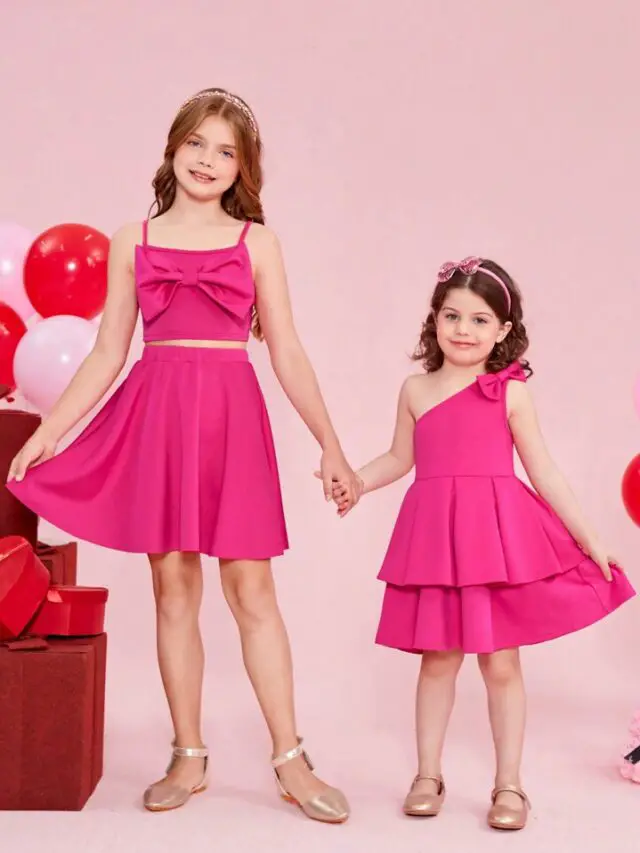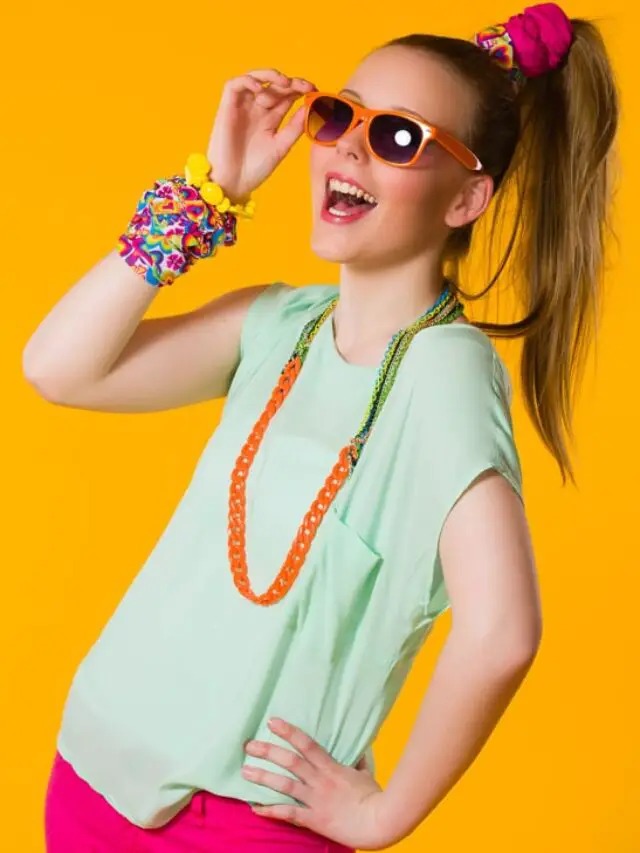Introduction to Feather Duvets
With the onset of winter, the demand for duvets increases, which are usually made with goose or duck feathers and some down quantity as well, these are renowned for their natural warmth and insulation. The softness and coziness they provide have made them a popular choice for bedding enthusiasts seeking a comfortable night’s sleep.

Which is best for home feather duvet or quilt?
The decision between a feather duvet and a quilt for the home is determined by personal preferences: these duvets gives outstanding warmth and comfort in colder locations, even with a quilt provides versatility, functioning as both bedding and a decorative element, adjusting to different demands and tastes within a home.

What the difference between Feather duvet & Quilt?
Feather duvets and quilts are both popular bedding options, but they differ in several aspects:
- Fill Material:
- Feather Duvet: Typically filled with feathers, providing warmth and insulation.
- Quilt: Filled with various materials like cotton, wool, or synthetic fibers for insulation.
- Construction:
- Feather Duvet: Constructed with sewn pockets to hold feathers in place, ensuring even distribution.
- Quilt: Comprises layers of fabric stitched together, often forming patterns or designs.
- Warmth and Weight:
- Feather Duvet: Offers excellent warmth without excessive weight, ideal for colder climates.
- Quilt: Varies in warmth depending on the filling material, generally lighter than feather duvets.
- Versatility:
- Feather Duvet: Often used with a removable cover, allowing for easy cleaning and change of appearance.
- Quilt: Used both as bedding and as decorative throws due to their aesthetic designs.
- Thickness and Loft:
- Feather Duvet: Exhibits greater loft due to the feathers, providing a fluffier appearance.
- Quilt: Can vary in thickness based on the number of layers and type of filling used.
- Maintenance:
- Feather Duvet: Requires regular fluffing to maintain loftiness; washing and care should follow manufacturer guidelines.
- Quilt: Usually easier to clean and maintain; machine washable in most cases.
- Cost and Durability:
- Feather Duvet: Often perceived as more luxurious and can be more expensive due to the quality of feathers.
- Quilt: Available in a wide price range based on materials used, generally durable and long-lasting.
- Traditional vs. Modern Usage:
- Feather Duvet: Originates from European bedding traditions, providing warmth and comfort.
- Quilt: Often associated with traditional craftsmanship and used for both practical and decorative purposes.
- Check out the price comparison of Duvets and Quilts here.
Types of Feather Fillings
Understanding the types of feathers used in duvets is crucial. Goose feathers, known for their superior quality, often offer better insulation. Duck feathers, while slightly less insulating, can provide an excellent balance between comfort and affordability. Additionally, other types of feathers might be used, each with its unique characteristics.
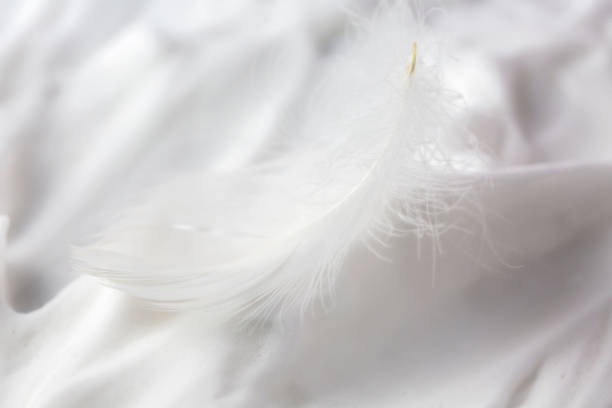
Understanding Fill Power
The volume occupied by a fixed weight of down indicates its fluffiness and insulating properties. A higher fill power usually is equivalent to better bedding quality and warmth.
Duvet Construction
Different duvet constructions impact the distribution of feathers and affect overall warmth and comfort. Baffle-box construction prevents the shifting of feathers, maintaining consistent warmth. Sewn-through construction, on the other hand, offers a sleeker design but might result in some cold spots. Channel construction balances these aspects for a moderate choice.
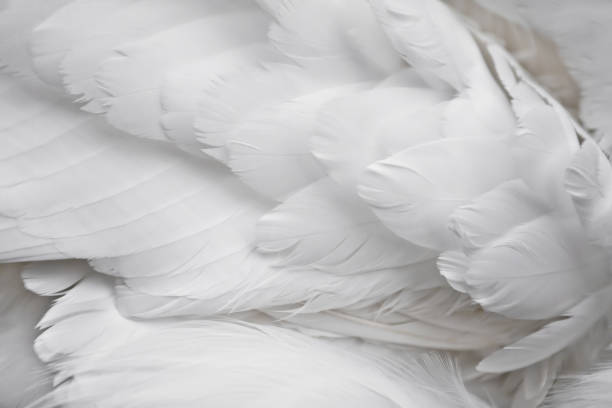
Thread Count and Fabric
The thread count and fabric used in the duvet cover influence its durability and softness. Opting for a higher thread count and quality fabric ensures a more luxurious feel and longer-lasting durability.
Warmth and Insulation
Feather duvets come in various warmth levels suitable for different seasons. Understanding these variations helps in selecting the right duvet for specific climates and preferences.
Durability and Longevity
Proper maintenance, excellent construction, and materials all have a big impact on the usefulness of a duvet. Following the manufacturer’s maintenance and cleaning guidelines assures long-term use.
Allergy Concerns
Contrary to common belief, it can be hypoallergenic and suitable for individuals with allergies. Choosing high-quality, allergen-resistant options can alleviate concerns.
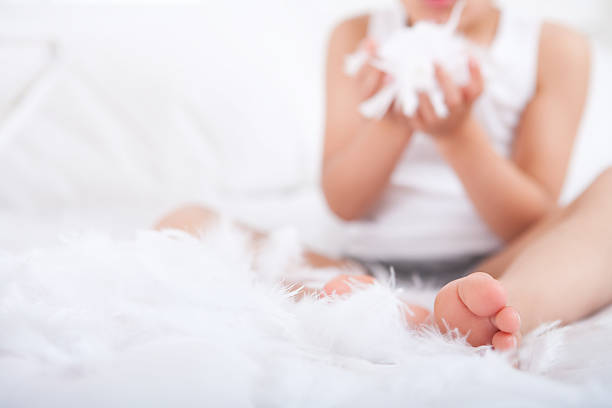
Choosing the Best Duvet
Consideration of factors such as fill power, construction, warmth, and personal preferences plays a vital role in finding the best feather duvet. Exploring various brands and offerings helps in making an informed decision.
Ethical and Sustainable Practices
For conscious consumers, ethical sourcing and sustainable practices are essential. Brands committed to eco-friendly methods and ethical sourcing should be preferred.
User Reviews and Recommendations
Real-life experiences and recommendations from users provide valuable insights into the performance and comfort of different feather duvets.
Budget-Friendly Options
Finding a quality duvet within a specific budget range is possible. Balancing cost with quality ensures a satisfactory purchase.
Tips for Maintaining
Proper care, including washing, drying, and storing, is crucial for maintaining the quality and longevity of a duvet.
Comparative Analysis
Comparing feather duvets with alternative bedding options highlights their advantages and disadvantages, aiding in decision-making.
Summation
Finding the best duvet depends on your personal preference and need. In short, people’s preferences and taste for comfort drive their purchases.
Feather duvets, with their superb comfort and warmth, provide a wide range of sleeping options. There are several aspects to consider when looking for the best duvet. From filling to construction, and from warmth to ethical procedures, the best option is determined by personal preferences and requirements.
FAQs
- Are feather duvets suitable for people with allergies? These duvets can be hypoallergenic if they are cleaned and processed properly. Opting for duvets labeled as hypoallergenic or allergen-resistant can be a safer choice for individuals with allergies.
- What is the ideal thread count for a high-quality? A thread count between 200 to 300 is typically considered suitable for these duvets, providing a balance between durability and softness.
- How often should a feather duvet be washed? Washing frequency depends on usage and personal preference. Generally, washing a duvet once or twice a year is recommended, following the manufacturer’s instructions.
- Can feather duvets be used throughout the year, or are they seasonal? Feather duvets come in various weights suitable for different seasons. Lighter duvets are ideal for warmer months, while heavier ones offer warmth during colder seasons, making them versatile year-round.
- Are there ethical brands that specialize in producing feather duvets sustainably? Yes, several brands prioritize ethical sourcing and sustainable practices in the production of duvets. These brands focus on responsible sourcing of feathers and environmentally friendly manufacturing processes. Researching and choosing such brands supports ethical and sustainable practices in the industry.
